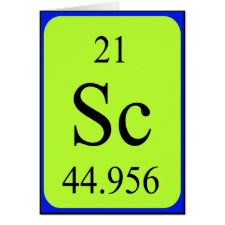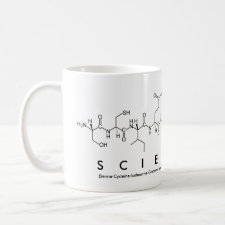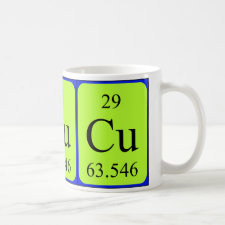
Authors: Tsukagoshi K, Maeda M, Takagi M
Article Title: Metal-ion imprinted resin prepared using an interaction at the aqueous-organic interface and its characterization.
Publication date: 1996
Journal: Bunseki Kagaku
Volume: 45
Issue: (11)
Page numbers: 975-986.
DOI: 10.2116/bunsekikagaku.45.975
Alternative URL: https://www.jstage.jst.go.jp/article/bunsekikagaku1952/45/11/45_11_975/_article
Abstract: A concept of ''Surface Imprinting'' has been proposed by the present authors. First, rye prepared a metal ion-imprinted microsphere on the basis of the concept. The imprinted microspheres as a new metal ion- selective adsorbent were synthesized by seeded emulsion polymerization of divinylbenzene, styrene, butyl acrylate, and methacrylic acid. The imprinted structure was introduced on the carboxylated microsphere by Surface-Imprinting, in which the carboxyl groups were reorganized through complexation with metal ions on the surface, and then fixed by crosslinking polymerization in their specific orientation. Cu(II), Ni(II), and Co(II)-imprinted microspheres were obtained as submicron particles with average diameters of 0.55 similar to 0.60 mu m. They were immediately used as a metal ion-selective adsorbent without any further treatment, such as grinding or sieving. The adsorption behaviors of metal ions {Cu(II), Ni(II), and Co(II)} were examined, and the imprinted effects were verified on these imprinted microspheres. The imprinted microspheres adsorbed the corresponding guest ion more effectively than did unimprinted ones. Furthermore, a Cu(II)-imprinted microsphere was studied in detail in order to obtain information about the origin of the imprinting effect. Unimprinted and Cu(II)- imprinted microspheres were prepared under several pH (4.0, 5.0, 5.6, or 6.0) conditions in the imprinting step. The obtained microspheres were characterized for particle form, size-distribution pattern, average diameter, Cu(II) adsorption behavior, and so on. Spectroscopic studies were also performed on Cu(II)-loaded microspheres. The collected data indicate thai the origin of the imprinting effect on a Cu(II)-imprinted microsphere is an interaction between Cu(II) and the carboxylate group at the aqueous-organic interface, supporting the concept of Surface Imprinting
Template and target information: copper ion, cobalt ion, nickel ion, Cu(II), Co(II), Ni(II)



Join the Society for Molecular Imprinting

New items RSS feed
Sign-up for e-mail updates:
Choose between receiving an occasional newsletter or more frequent e-mail alerts.
Click here to go to the sign-up page.
Is your name elemental or peptidic? Enter your name and find out by clicking either of the buttons below!
Other products you may like:
 MIPdatabase
MIPdatabase









